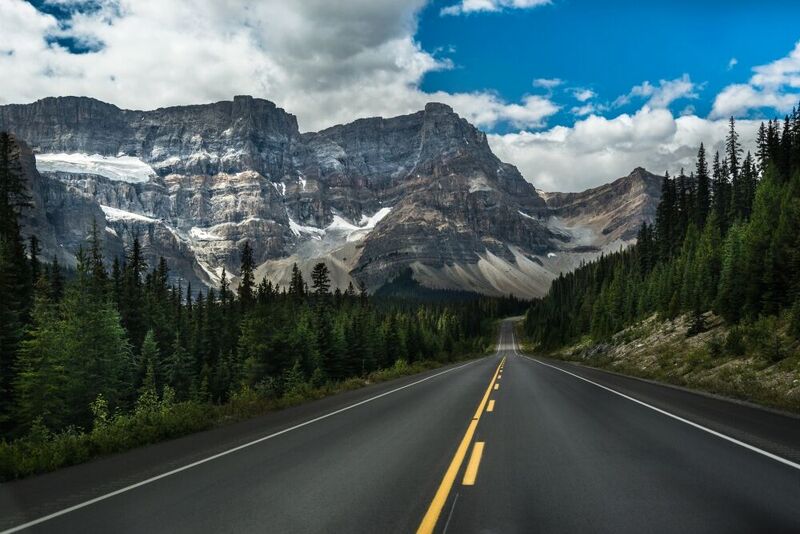‘Some of it is ecological protection but some of it is also about education,’ Richard Ireland
A new report criticizes Parks Canada for focusing more on tourism than conservation, but the mayor of Jasper says bringing people to national parks helps them understand why preservation is important.
“Most of them, I think, are still coming because there is access to raw nature, and that’s, I think, as it should be,” said Jasper Mayor Richard Ireland, noting the debates are really over infrastructure to help people gain access. Jasper, a town of 4,900, sits within the national park that shares its name.
“Parks has a broad mandate. Some of it is ecological protection but some of it is also about education and presenting our natural environment so people can become more aware of it, so that they are more inclined to support conservation efforts.”
The report, by the Canadian Parks and Wilderness Society, was authored by Alison Woodley, national director of the organization’s parks program. Woodley said there’s been a shift over the past decade toward developing infrastructure at the expense of ecological integrity. The three examples highlighted in her report are all in Alberta.
- Parks Canada should focus on environment, not development, says report
In Banff National Park, the expansion of Lake Louise ski resort is problematic because “it requires removing land from legally protected wilderness to accommodate the demands of a private business,” the report says.
The report points out two major concerns in Jasper National Park: allowing a private company to add commercial accommodations at Maligne Lake, contrary to the park’s management plan, and a proposal for a $66-million bike path linking Jasper and Banff that would cut through sensitive caribou and grizzly bear territory.
‘When we see development in that area, we have to understand that that may be pushing out some really important and endangered wildlife that need that space to survive.’ – Andrea Johancsik, conservation specialist
Jill Seaton, chair of the Jasper Environmental Association, said in the 25 years she’s been in the town, it has undergone tremendous change.
Now, there are more of what she calls tourist gimmicks, including the Glacier Skywalk.
“People come here to enjoy nature, to look at wilderness, to really sort of soak it up,” Seaton said. “But then you’ve got all these things going on around you. If you want that kind of thing, go to Disneyland.”‘You’re lucky if you see wildlife’
While the landscape doesn’t look that different, Seaton said it’s now much more crowded with people, while before there were more animals.
“Now if you go out, you’re lucky if you see wildlife,” she said, adding that’s because animals are getting pushed out of the valley bottoms.
Andrea Johancsik, a conservation specialist with the Alberta Wilderness Association, said her organization is aware of the challenge of preserving the valley bottoms, one of the most important areas in the park.
“Everybody likes the valley bottoms, the animals and the people. That’s where the good feeding is for wildlife and that’s where it’s warmer and more enjoyable for visitors,” she said.
“When we see development in that area, we have to understand that that may be pushing out some really important and endangered wildlife that need that space to survive.”
In a statement, Parks Canada said it is committed to preserving national parks while developing programs and services to allow more Canadians to experience the outdoors.
Strict limits are in place to protect the ecological integrity of national parks, and more than 97 per cent of Jasper park, and more than 96 per cent of Banff park, remain wilderness areas “with strong limits on development and use,” the statement said.
By Roberta Bell, CBC News
Connect with Wicked Cup Coffee & Tea Below:
Twitter Facebook Instagram Pinterest Snapchat Youtube



